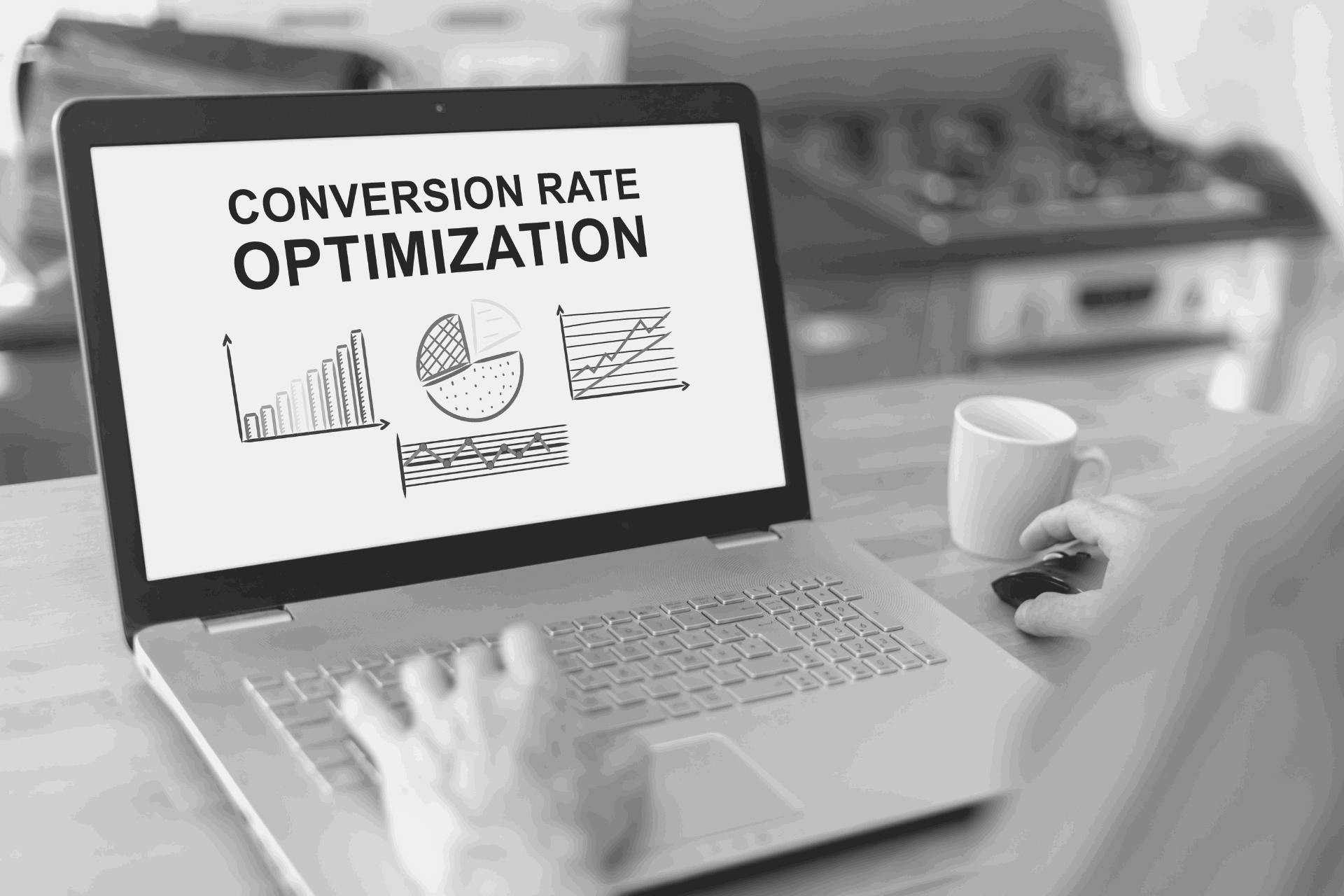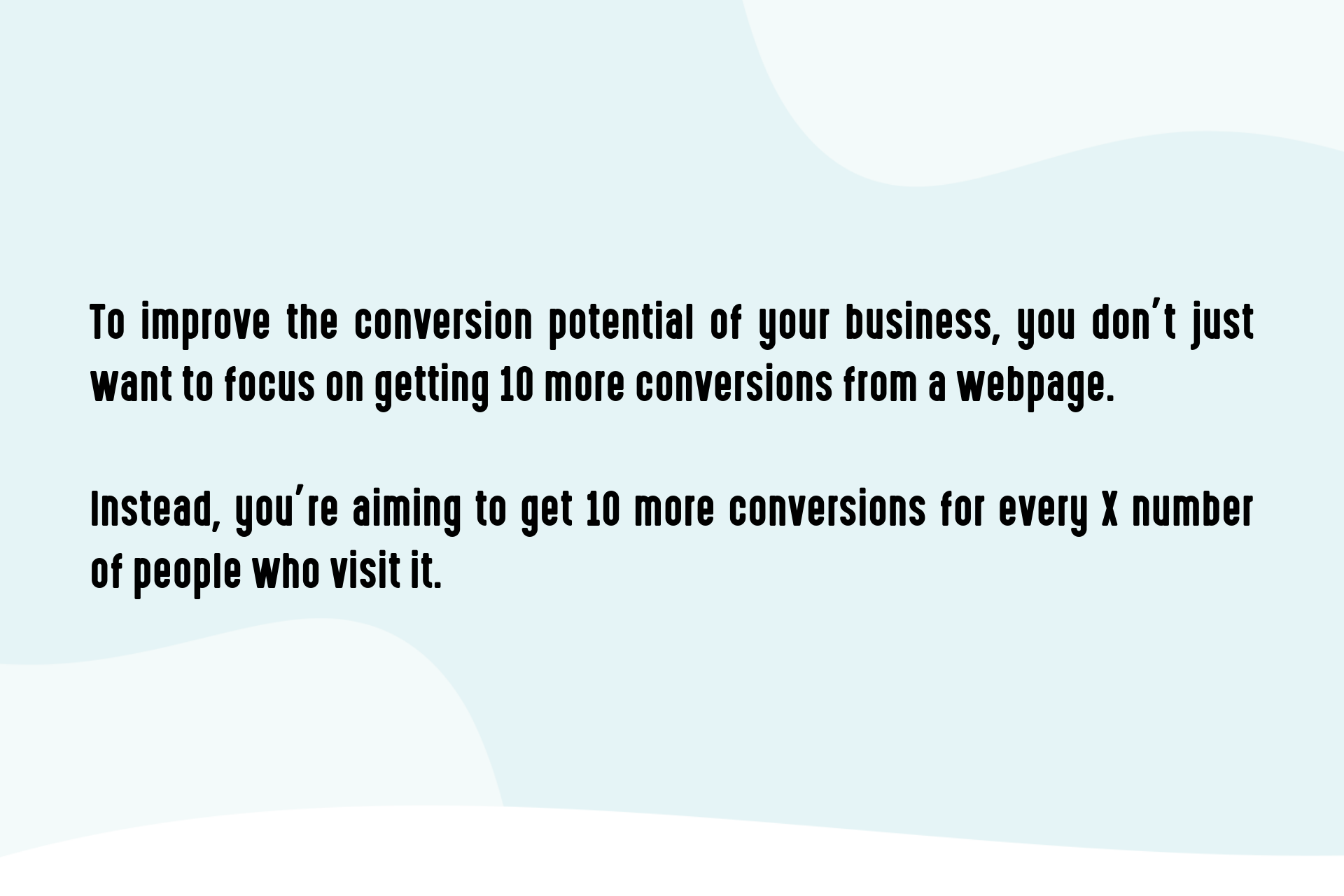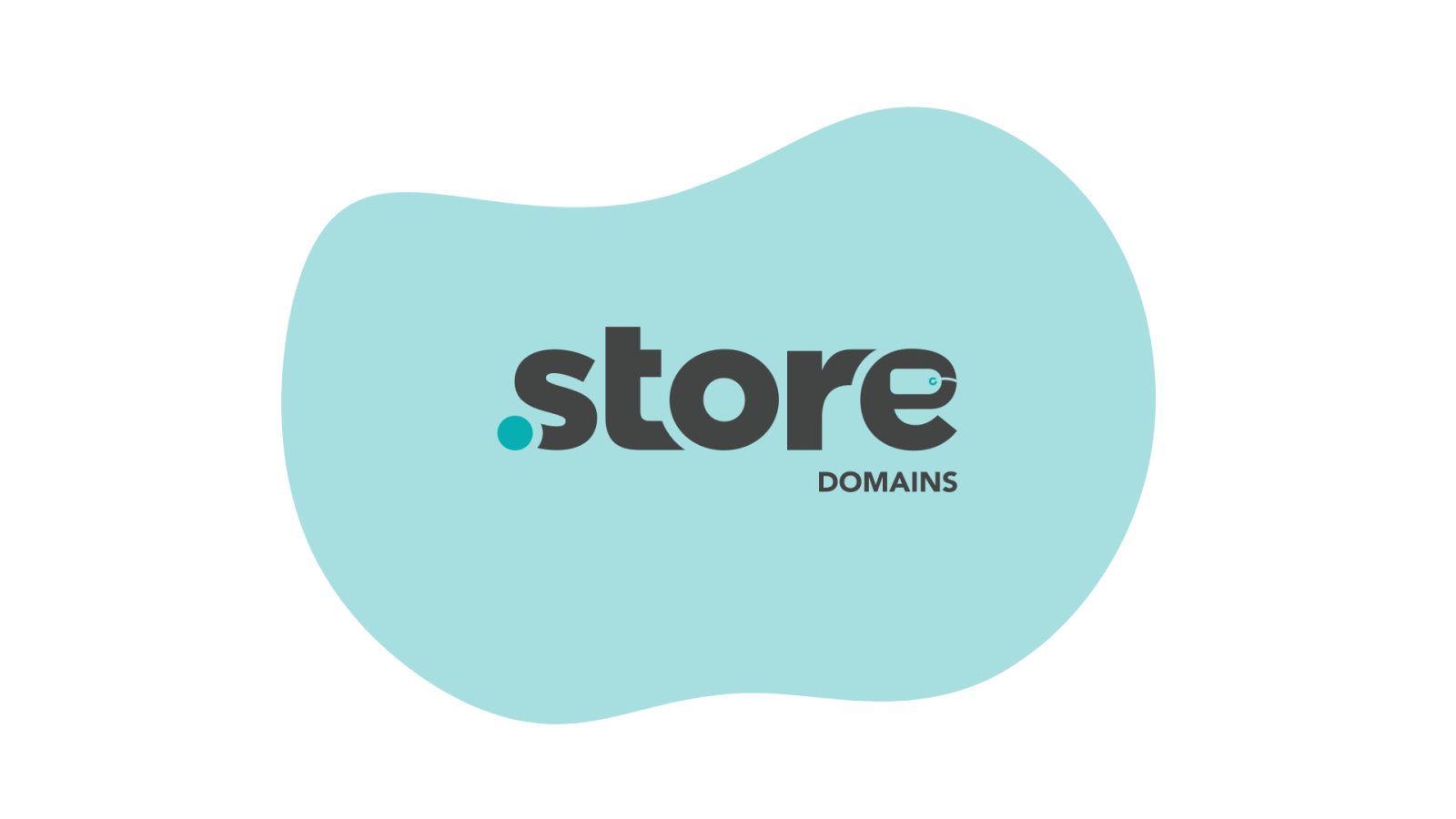Conversion rate optimization is a tactic that not many marketing teams dedicate enough time to.

The digital marketing scenario today revolves around driving traffic to the website, which then converts into leads for the business or sales team to close.
Once this process starts delivering results, marketers get cracking to driving more traffic, leading to more success.
This is an oversimplification of the process but fundamentally, that’s standard marketing playbook.
However, few digital marketing teams narrow their focus to scoring more business from existing traffic.
This is where conversion rate optimization (CRO) comes to play.
This article explains what conversion rate optimization is, how it helps, why should you consider it, and how to execute it.
What Is Conversion Rate Optimization?
Conversion Rate Optimization is the process of enabling people to take action when they visit your website.
With slight modifications to certain elements of a webpage, a business can improve its chances of those site visitors converting into potential leads before they leave.
The process of CRO entails designing the pages of a website such as home page, blog, landing pages, product pages in a manner that allows maximum conversions of site visitors to customers.
Here’s how.
Landing Page
Landing pages are designed with the goal to induce people to take action.
For instance, a landing page for a free resource can show a preview from that resource to encourage downloads.
Or an event landing page can be optimized with a video of past events to encourage users to register for this year’s event.
Blog Page
Blog pages are a fantastic conversion opportunity for any business website.
Besides sharing valuable content, a blog can use CRO to convert readers into leads.
The way to execute this is to add call-to-actions throughout the article, inviting users to gather more information about a subject by sharing their email addresses in exchange for a whitepaper or a case study.
Homepage
Homepages are the low-hanging fruit for CRO.
In addition to making a first impression on the visitors, your homepage can also retain those visitors and guide them further into your website.
You can optimize your website’s homepage by offering a free sign-up button, incorporating a chatbot to solicit questions from visitors during their browsing experience, or accentuating links to product information.
Conversion rate optimization is a massive, and often an untapped opportunity for marketing teams.
When executed efficiently, it can surprise you by the enormity of impact you could deliver by just fine-tuning your website pages to encourage conversions.
When Should You Start Thinking About Conversion Rate Optimization?
Once your sales and marketing engines start bringing in website visitors at progressively high amounts, that’s when you should start thinking about conversion rate optimization.
Tools such as Google’s Global Market Finder can present you with the online search volume to give you an idea of your potential customer demand.
You can calculate CRO by dividing the number of conversions a webpage gets by the number of people who visited that page.
Once you have this number, it’s time to nail down how to get more out of your existing traffic.

Your conversion rate is the percentage of visitors who convert on your site based on how many visitors have visited.
The three formulas below will help you understand what goals to set and how to tackles conversion rate optimization:
1. Leads generated ÷ website traffic x 100 = % conversion rate
2. New revenue goal ÷ average sales price = # of new customers
3. # of new customers ÷ lead-to-customer close rate % = lead goal
Conversion rate optimization is about scoring more from what you get and making it work better for you.
Marketing Strategies To Enhance Customer rate optimization
1. Include Text-Based Call-To-Action Buttons (CTA’s) In Your Blogs
While it is recommended to include a CTA in your blog post, they often go unnoticed by the readers.
This phenomenon is called banner blindness wherein users become accustomed to ignoring information displayed in the banners.
This coupled with the fact that readers don’t normally go till the end of the blog as they snack on content hints towards the need for a new approach.
It’s in this snacking where text-based CTA becomes eminent.
Pick the resources and landing pages that are relevant to the content of the blog post and place them contextually within the text.
2. Keep Testing Your Landing Pages
Landing pages are one of the most precious items of a modern marketer’s toolkit.
This is where a website visitor becomes a lead, or an existing lead further engages with your brand.
These pages serve the higher purpose of your website and must be A/B tested regularly to ensure maximum efficiency.
But what should you A/B test? This could be content, CTA buttons, the placement of elements.
Keep moving things around and test which performs better in fetching more leads.
3. Use Marketing Automation To Enable Your Sales Team
There are multiple automated workflows you can create for your sales team (and they’ll thank you for it).
For instance, sales reps can receive an email notification when a lead takes a high intent action such as viewing the pricing page of your product.
Or you could automate emails that go on behalf of sales reps allowing potential leads to book an appointment with them with one click.
eCommerce businesses can send an email to customers who abandon their shopping cart.
4. Share High-Quality Product Photos and Videos
When shopping online, the images and videos of the products are all that the customers have got to get a good idea about the product.
Since they can’t touch and feel it, you need to compensate for it with high-quality photos and videos.
Put up professional pictures of your product from different angles. An appealing video showcasing and using the product could even take it a notch higher, and get them to immediately seal the deal.
5. Provide Free Shipping
Amazon has gotten people really used to getting products delivered for free. Most stores are trying to follow the same format.
If you can’t afford free shipping, at least set a minimum purchase amount. That way you can get the customers to buy more from you and even make the free shipping worth it.
Besides, you can always mark up the price a little to absorb the shipping cost in itself.
6. Offer Limited Time Coupon Codes
Who doesn’t like a discount? You can offer coupon codes to your visitors to get a discount on the product they’d purchase.
To make it better, you can even put a deadline and make it a limited-time coupon code. For instance, if they make the purchase within 30 minutes they will get that discount, else not.
This creates a sense of urgency and pushes them to make the purchase quickly.
7. Get A Live Chat Software
If you can assign someone from your team to deal with customer issues in real-time, it could really boost your conversion rate.
Many times, a customer doesn’t complete the sale because they are not sure about something about the product, and have queries in mind.
If you are able to help them with their query, there would be nothing stopping them from buying the product.
It also makes them feel that you value their concerns, and not only will they buy from you then, but even become loyal towards your brand.
8. Make Your Checkout Form Easily Understandable
Make sure the details on your checkout form are easily understandable, such as input formats and CVV. It’s even better if you limit the fields to allow the required things to be typed.
For instance, they can’t add alphabets for numeric fields and vice versa. Make the credit card number fields easily readable.
Add a dropdown or date picker option for date fields. You might not realize it yet, but an easy checkout can considerably boost your conversion rate.
9. Allow Customers To Checkout As Guests
Creating a database of customer names and email ids is a great thing for your email marketing. But not if they are not interested in it.
If you force them into providing their personal details to you, they just might leave your store. It’s okay to ask them for it, but do provide an additional option to checkout as guests too.
Sometimes the customer is in too much of a hurry and doesn’t want to waste time registering on to your site. But if you don’t force it on them, they might just register anyway the next time.
10. Encourage Customer Reviews
There is nothing more convincing than another customer recommending the product for a customer planning to buy it.
Most people go through the reviews before making their purchase decision.
Encourage your customers to leave reviews for your products. You can provide them with additional incentives and coupons for the same.
And don’t worry about negative reviews. No product in the world is perfect for everyone.
But if you show your concern towards an unhappy customer, and make it up to them in some way, it might do what even a positive review won’t do for you.
Genuine reviews and your concern for your customers could take you a long way.
11. Have A Great Return & Replacement Policy
No one wants to buy something online that they can’t return or exchange. The only disadvantage of buying from an online store is that you can’t physically feel and touch the product.
And if your product doesn’t turn up like what you expected, you’d definitely not want to have it.
Having a great return & replacement policy can create a sense of trust for your customers that in the event of them not liking the product, they have the option of giving it back.
Most customers might not even use it. But having a policy for it is what does the trick.
12. State Your USP
Clearly state your USP or Unique Selling Proposition on your store.
Tell your visitors what makes you unique and different from all the other brands selling similar products out there.
Every brand or business develops on a particular USP that makes them stand out from the crowd. And you need to make sure that your potential customer knows what that is.
13. Make Yourself Approachable
Customers are quite reluctant to buy from an online store when they are not sure how to reach them for any concern whatsoever.
Make yourself approachable to the customers so that they can trust you and your brand.
Provide a contact number, and email id, and even an office address if applicable.
Telling the customer that they can easily reach you if required, will portray your business as authentic and reliable, boost their confidence in your brand and get them to quickly complete their purchase.
Final Thoughts
There are plenty of best practices on the Internet on how to ace at CRO.
However, before anything you need to first discover the factors that your customers/visitors respond to and what drives results for your business.






